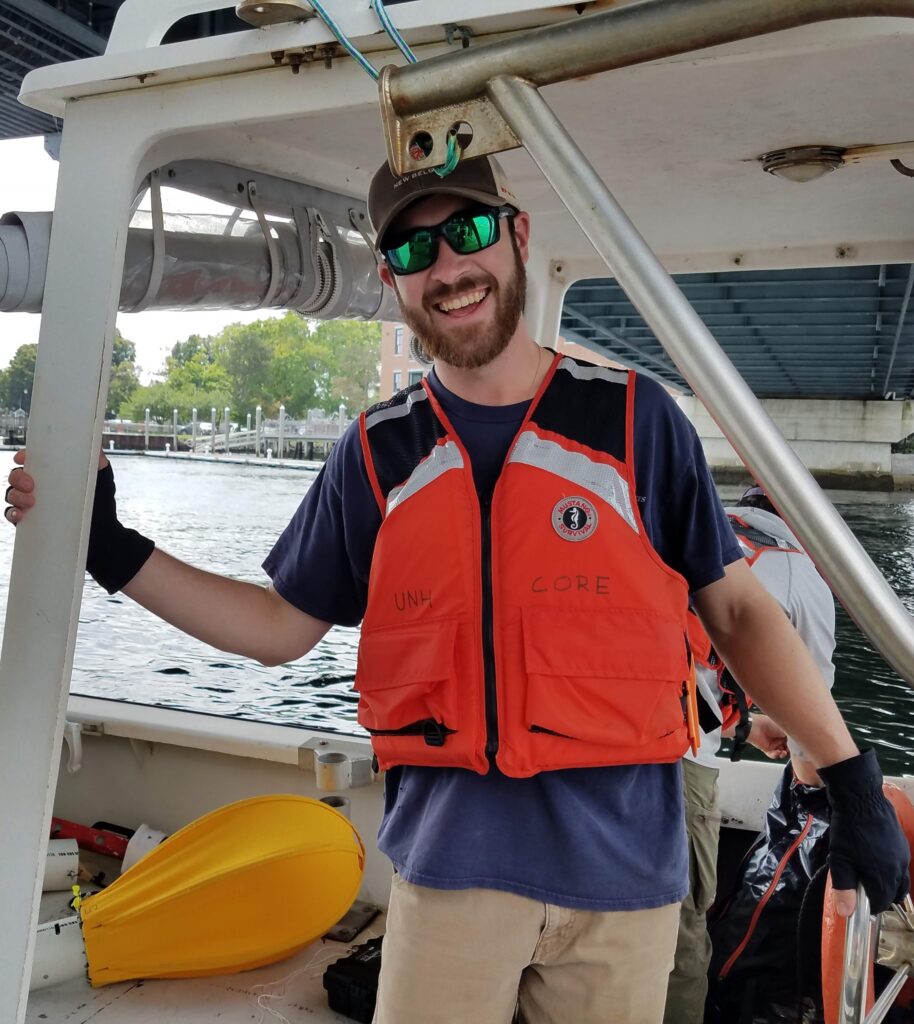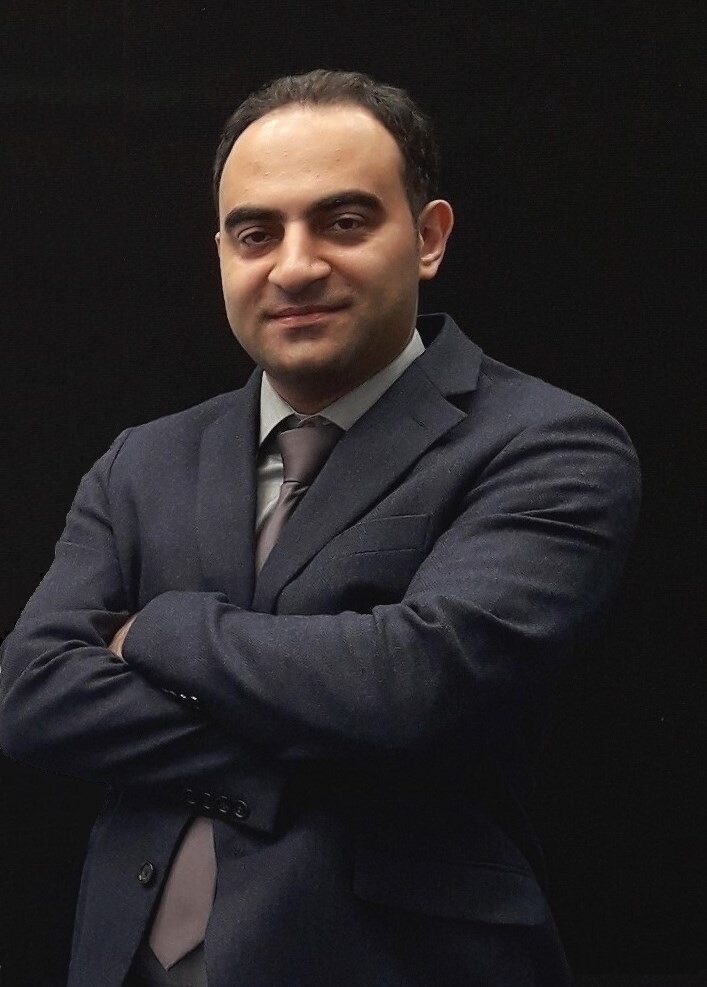Faculty & Staff

Erin Bell
Civil Engineering
Degree: PhD in Civil Engineering
Fun Fact: Dr. Bell walked with lions and played with lion cubs in South Africa.
CEPS Profile
Email: erin.bell@unh.edu
Role: Principal Investigator/Structural Monitoring
Graduate Students

Patrick O’Byrne
University of New Hampshire
Ocean Engineering
Degree Working Towards: M.S in Ocean Engineering
Current Degree: B.S. in Mechanical Engineering
Fun Fact: Patrick enjoys fly fishing in the Great Bay Estuary for Striped Bass.
Email: pwo1002@wildcats.unh.eduRoles: Turbine deployment platform operation and maintenance; power performance data acquisition and instrument deployment
Website: www.linkedin.com/in/patrickobyrne92
Patrick is a graduate student in the Center for Ocean Renewable Energy Lab pursuing his M.S. in Ocean Engineering. His research project centers around the Marine Hydrokinetic Turbine installation associated with the larger multidisciplinary Living Bridge Project located at the Memorial Bridge in Portsmouth, NH. Patrick utilizes his power systems expertise to maintain and further the research objects of the project.

Milad Mehrkash
University of New Hampshire
Civil Engineering
Degree Working Towards: Ph.D. in Civil Engineering
Current Degree: M.S. in Civil Engineering
Fun Fact: Milad enjoys watching soccer games.
Email: mm1193@wildcats.unh.edu
Roles: Model updating, structural health monitoring and damage detection of the Memorial Bridge

Rosita Mazaheri
University of New Hampshire
Civil Engineering
Degree Working Towards: PhD. In Civil Engineering
Current Degree: M.S. in Civil Engineering
Fun Fact: Rosita enjoys hiking and kayaking
Email:fm1035@wildcats.unh.edu
Roles: Health Monitoring, damage detection and localization of the Memorial Bridge
Rosita is a Ph.D. candidate working with Prof. Bell on application of structural health monitoring through observation of differential in acceleration and strain data. The purpose of her research is to apply accelerometer data collected to characterize undamaged state of Memorial Bridge and provide a protocol of different damage states and data processing based on finite element model. Machine learning techniques such as Neural Network, SVM, Regression, etc. are applied as methodologies for characterizing the relationship between the acceleration at each of the stations on the bridge.
